
Ephedrine vapor crystallized upon cooling. (SpikeWalker/RPS/Bournemouth/REX/Shutterstock)
RPS/Bournemouth/REX/Shutterstock
Behold these microscopic images of vitamins, crystals, and even a fetus so incredible they have been honored by the Royal Photographic Society.
The RPS honored photographer Spike Walker, 82, for his decades of work and immeasurable contribution to the field of scientific photography. His fascinating shots, in some cases magnified by 300 times, include an intracytoplasmic sperm injection: a procedure in which a single sperm is injected directly into an egg. (His personal favorite photo is the blue and orange picture of a male beetle using its suckers to grip the female during mating.)
Walker began his photomicrography career in 1947, two years after getting his first microscope at the age of 12. He graduated in 1956 from the University of Liverpool with a Bachelor of Science in Biology. He then began a dual career: from 1957 to 1989 he taught science in high schools and colleges, while also working as a freelance photomicrographer. He sold his first photomicrographs in 1961 and also received the 1961 Royal Society Award for Scientific Research.
See the work of a man brilliantly combining art and science below.
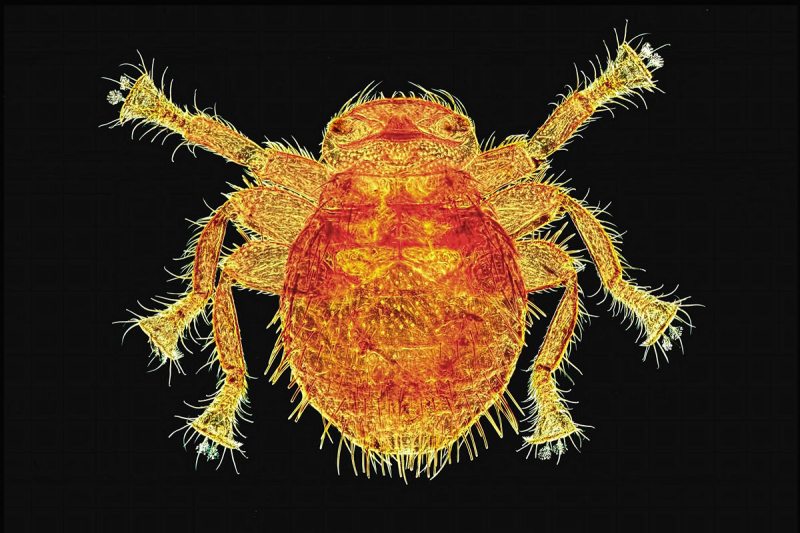
A wingless fly which parasitically lives off honey bees. (SpikeWalker/RPS/Bournemouth/REX/Shutterstock)
RPS/Bournemouth/REX/Shutterstock
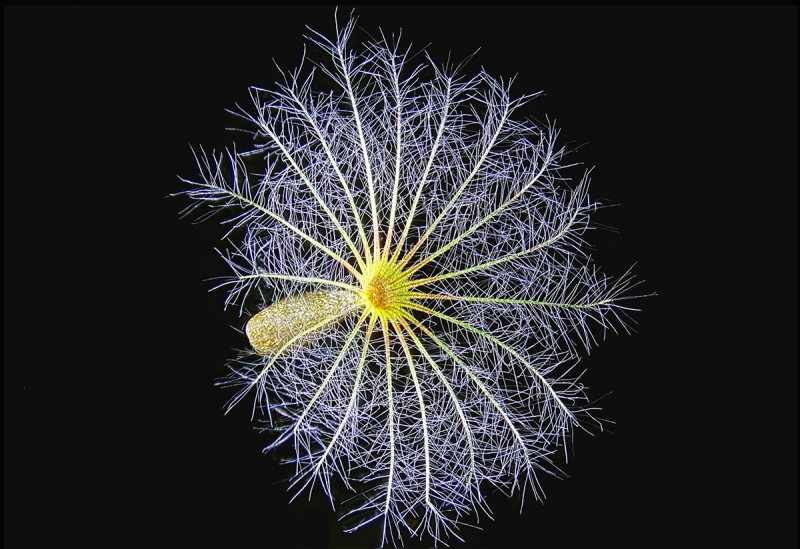
Seed head of Centanthus ruber (Red Valerian)(SpikeWalker/RPS/Bournemouth/REX/Shutterstock)
RPS/Bournemouth/REX/Shutterstock

The soldered connections on a computer memory stick. (SpikeWalker/RPS/Bournemouth/REX/Shutterstock)
RPS/Bournemouth/REX/Shutterstock
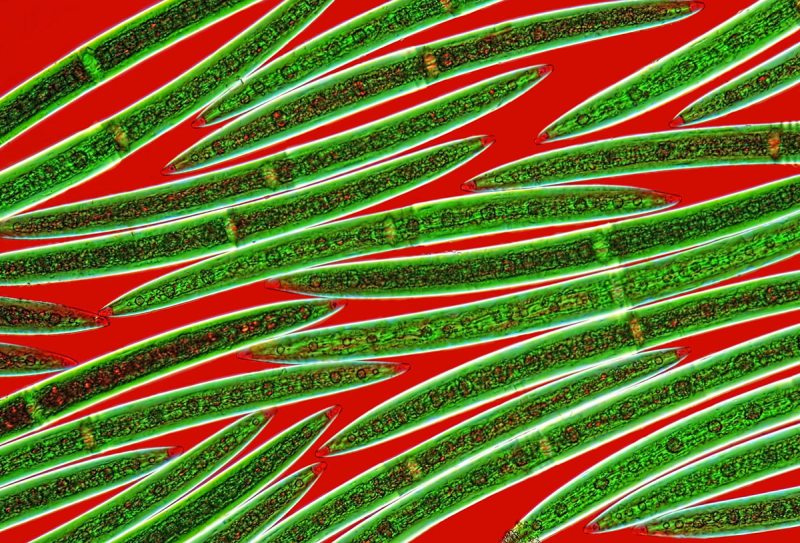
A group of one-celled freshwater algae. (SpikeWalker/RPS/Bournemouth/REX/Shutterstock)
RPS/Bournemouth/REX/Shutterstock
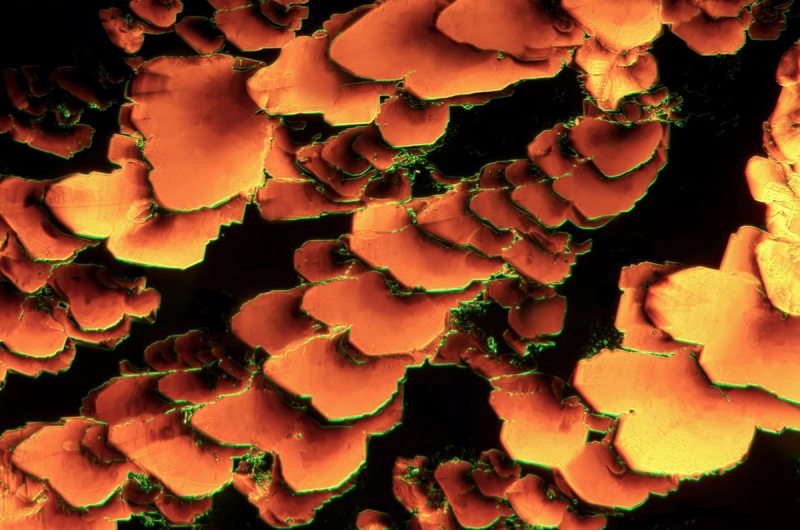
Histidine (an amino acid) crystalized from aqueous solution. (SpikeWalker/RPS/Bournemouth/REX/Shutterstock)
RPS/Bournemouth/REX/Shutterstock
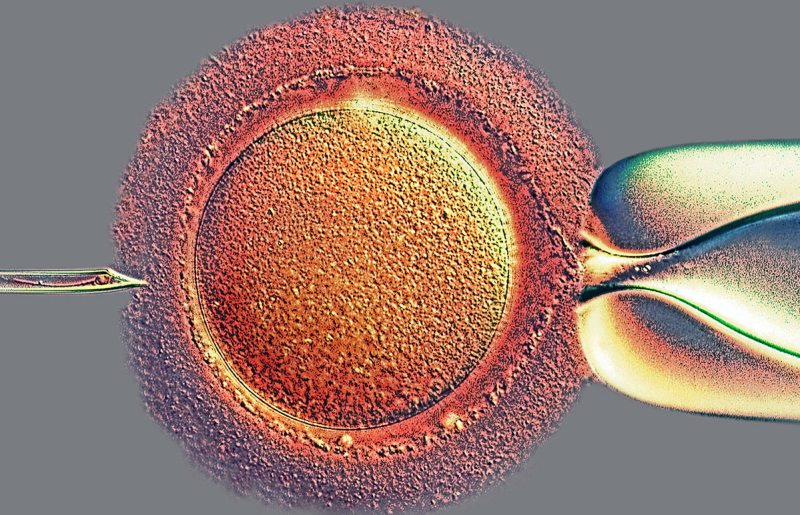
A single sperm is taken up in a micropipette and inserted into a prepared oocyte, which is held in position by suction within a second micropipette. (Spike Walker/ RPS/Bournemouth/REX/Shutterstock)
RPS/Bournemouth/REX/Shutterstock
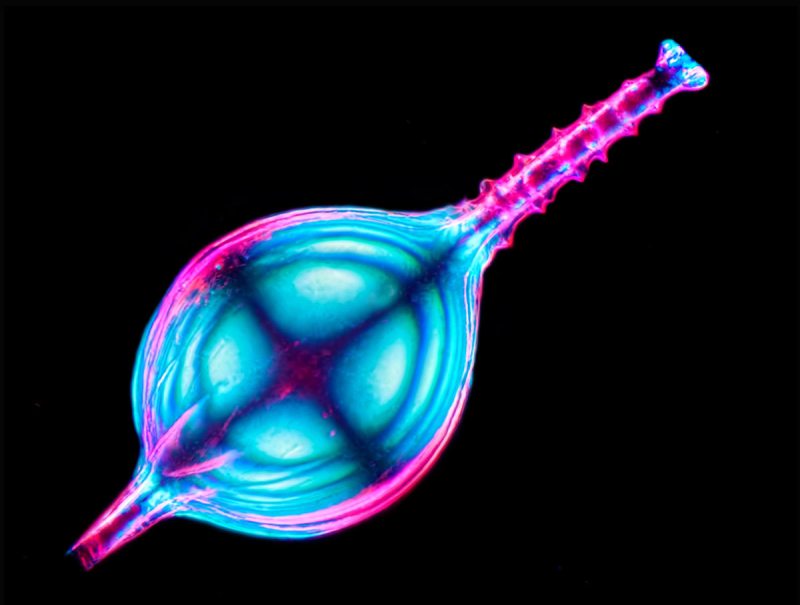
The shell of a mounted specimen of a tropical marine Foram from the China Sea. (Spike Walker/RPS/Bournemouth/REX/Shutterstock)
RPS/Bournemouth/REX/Shutterstock
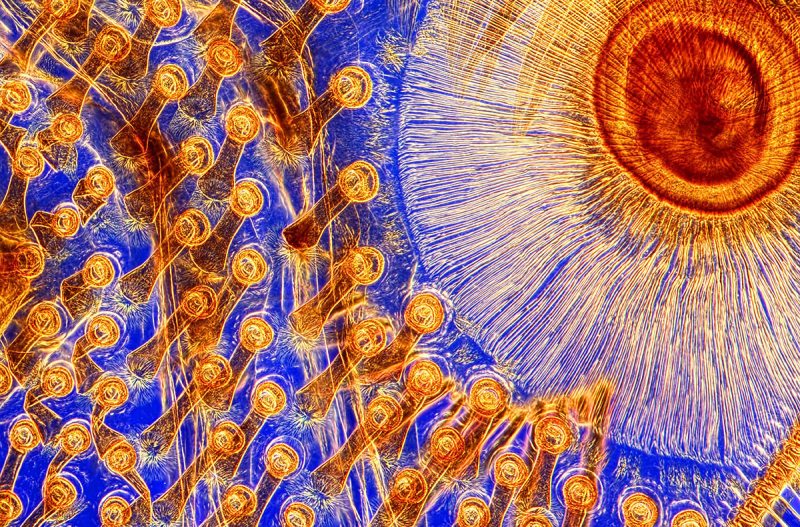
The suckers which a male freshwater diving beetle uses to hold onto the female during mating. (Spike Walker/RPS/Bournemouth/REX/Shutterstock)
RPS/Bournemouth/REX/Shutterstock
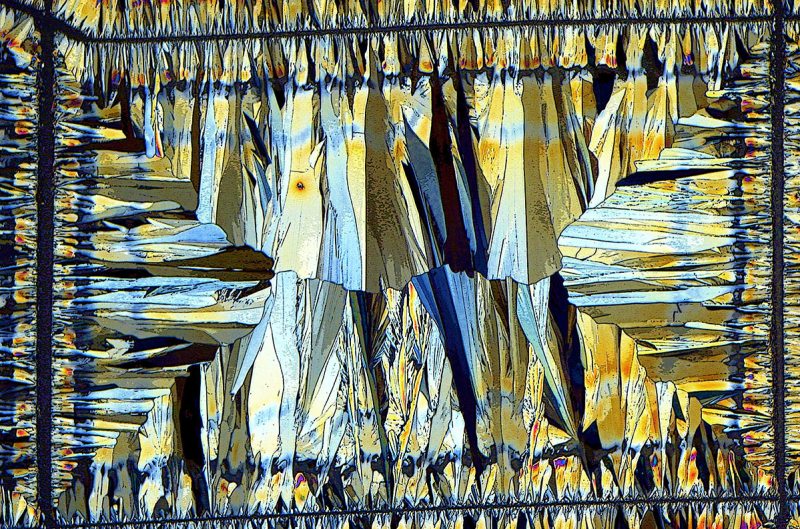
Crystals of Paracetamol from alcoholic solution, scratched to initiate crystallization. (Spike Walker/RPS/Bournemouth/REX/Shutterstock)
RPS/Bournemouth/REX/Shutterstock
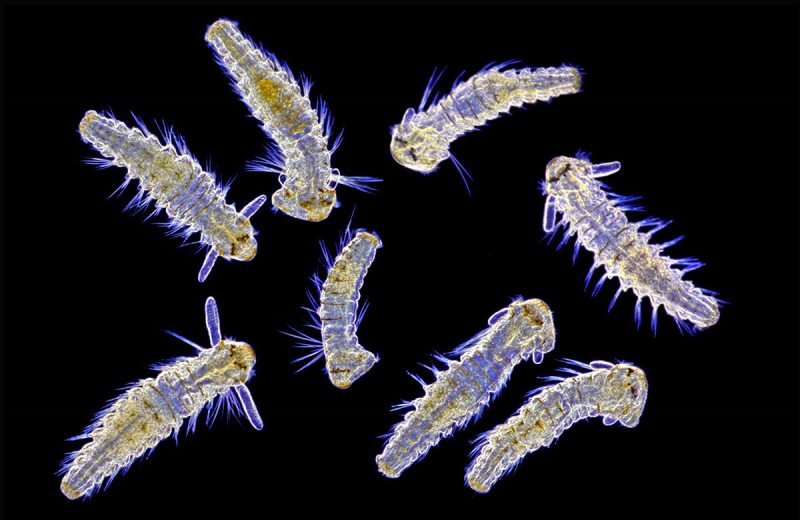
Living Spionid larvae from marine plankton. (Spike Walker/RPS/Bournemouth/REX/Shutterstock)
RPS/Bournemouth/REX/Shutterstock
A stained cross section of a dandelion. (Spike Walker/RPS/Bournemouth/REX/Shutterstock)
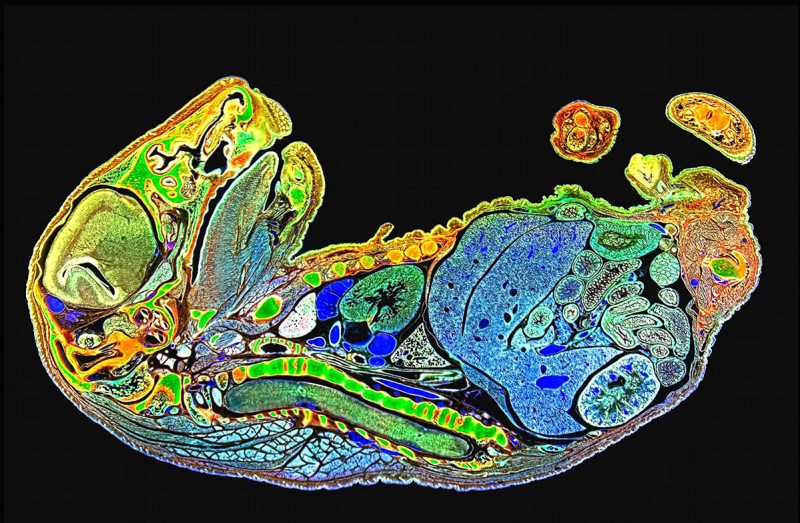
Mouse fetus. (Spike Walker/RPS/Bournemouth/REX/Shutterstock)
RPS/Bournemouth/REX/Shutterstock
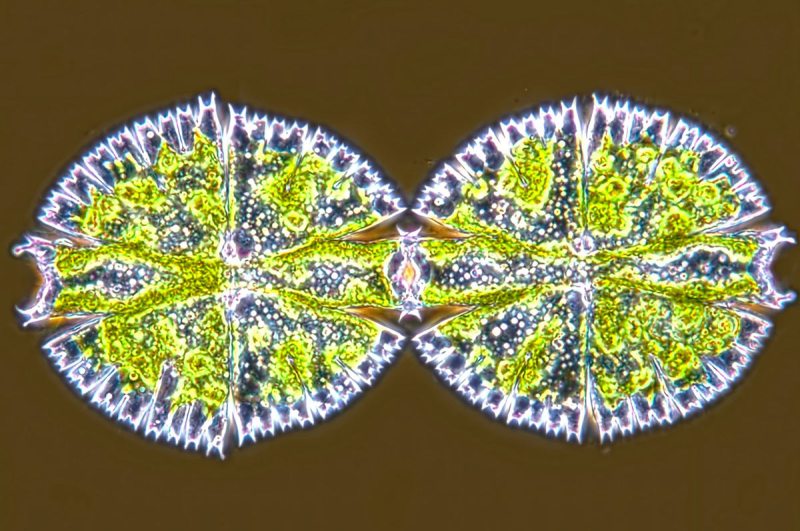
Cell division in a Desmid, Micrasterias apiculata (a type of one-celled freshwater algae). (Spike Walker/RPS/Bournemouth/REX/Shutterstock)
RPS/Bournemouth/REX/Shutterstock
This article was featured in the InsideHook newsletter. Sign up now.


































